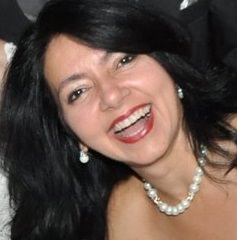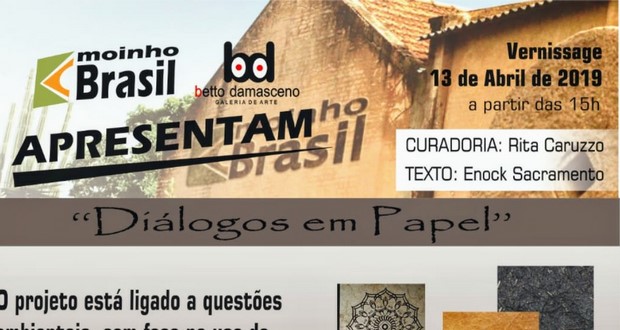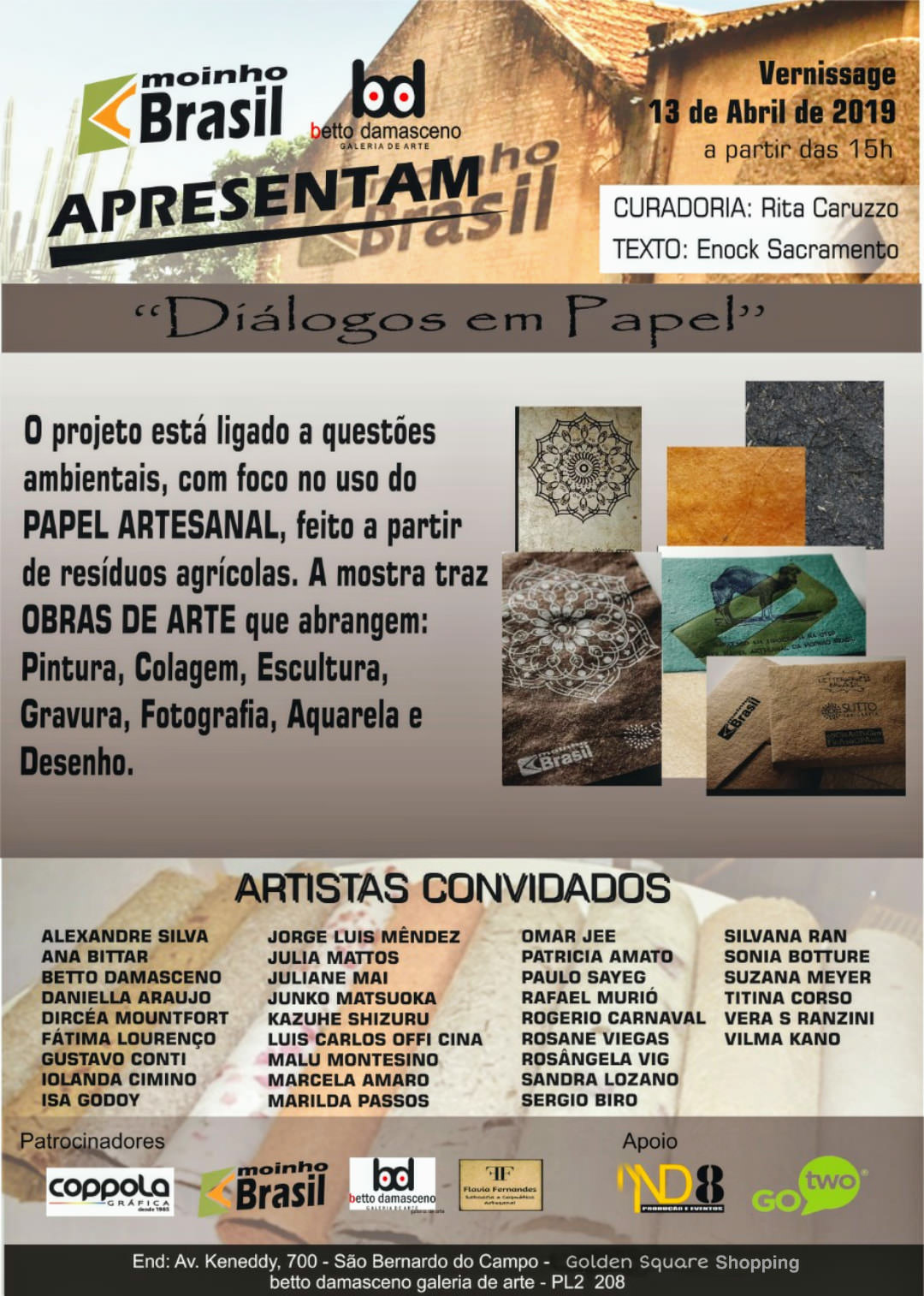
Paints me to turn these skies… Now,
Upright, in the background, the Cordillera look alive:
Paint the clouds of a fire in a,
And high, among the clouds, the first light of dawn.Drop, undulate, The thick fog veils,
And the valley paints, and, in the valley outside,
The turbid stream and sound
Paraiba, in foam torvelins.
(BILAC, 2007, P.43)
Runs the pencil or brush in unpopulated space, in search of shapes and colors, ascertaining the worlds that inhabit the creative spirit of the artist. Detach himself from his consciousness, these worlds, jump random and afflicted by the work fields, emerging and that erupts. Eager to flourish in meaning and color, the work emerges, either by wavy lines, gold for retas; his nature is taking body and it becomes itself, with personality and with the notch that the hand of the artist coined.
But Art Charms precede the work; It begins at creating space, where the hand of those who do will stand his thinking, their world and their colors. Possibly this distance has been covered by artists of the exhibition Dialogues in Paper, curated by artist Rita Caruzzo. The exhibition has the support of the roles of company Windmill Brazil and the opening text is Enock Sacramento. The project has an installation of works 32 artists, each with its own language and their way of working with art. All works were produced in the company's papers, special and made by hand, at the request of each artist, with different textures and weights, so that creativity to flow on the surface suitable to each language and technique.
The company Windmill Brazil is located in the State of São Paulo, in the city of Assisi and was established in 1985 by Renata Telles and Antonio Eduardo Bosquê (in memoriam) in order to recycle agricultural waste getting the most diverse fibers for making handmade papers. The work always was based on research and sustainability by joining the agricultural universe in the urban recovery steps of rural areas; the integrated farming; the fiber extraction for papers; and in making roles. The company has developed a methodology for the production of papers in range, area that is a pioneer in the country. The partnership with Izumi Handcrafted Paper Trade reinforced the proposal for sustainability.
The exhibition opening is scheduled for 13 April, from 2019, to 15 hours, Beto in Damascus Art gallery, Shopping Golden Square, Sao Bernardo do Campo, where it will remain until the day 30 April.
Among the hands that carried out the works are those of the artists Ana Bittar, Alexandre Augusto, Betto Damasceno, Daniella Guarda, Dircea Mountfort, Fatima Lourenço, Iolanda Cimino, one Godoy, Jorge Luis Mendez, Julia Matos / Gustavo Conti, Juliane in May, Junco Matsuoka, Kazuhe Shizuru, Luiz Carlos Offi china, Mlu Montesino, Marcela Amaro, Marilda Steps, Omar Jee, Patrícia Amato, Paul Sayeg, Rafael Murió, Rogério Carnival, Rosane Viegas, Rosângela Vig, Sandra Lozano, Sergio Biro, Silvana Ran, Soso Botture, Suzana Meyer, Titina Corso, Vera and Vilma Ranzini Kano. The opening will feature musical presentation and folding.
Always present in daily life, "The role is such an important material in modern life, we even forget that it does not always existed " (ROCHA, 1992, p.4). Its history dates back ancient Egypt, when paper was invented, from papyrus, a plant in the region. The material served as support for writing and was widely used in the Mediterranean countries, for thousands of years. In other places, due to weather, came the parchment, made from the scraping and polishing the skin of animals. Among the Greeks and Romans, of antiquity, were common wooden boards covered with plaster or wax. In ancient China, by the brush of the invention led to the writing on silk, but as the silk was very expensive, there was the need to create the first sheets of paper, from plant fiber and bark. After eight hundred years kept secret, the manufacture of paper by the Chinese crossed the border and arrived in Europe and the Arab countries. The paper as we know it came to be used on a large scale with the invention of printing.
And the paper goes through this flustered modernity, in your busy day to day; It is so necessary in so many phases of life, the first drawings and childhood alphabet; the most important documents and records adulthood.
Sign up to receive Event News
and the Universe of Arts first!
Here, the paper is handmade, specially made for each artist. It is raw material for the production of works, in their diverse techniques. The paper then leaves to be a single sheet, acquires the charm, that has a beginning at the touch of the hands of the artist to feel the texture, density, bosses. The paper then proceeds to go other ways, intended to travel on the inventive mind for it focuses. Behold, Art emerges, flowers and charms.
It is just a silent presence.
All things await the light,
Not saying that await you.
Without knowing that there is.
All things wait for you,
Without talking,
No you speak.
(MEIRELES, 1982, p.XXIII).
References:
- BILAC, Olavo. Antologia Poética. Porto Alegre: L&PM Pocket, 2007.
- MEIRELES, Cecília. Cânticos. São Paulo: Editora Moderna, 1982.
- ROCHA, Ruth; ROTH, Otavio. The Book Paper. São Paulo: Publisher Improvements, 1992.
ROSÂNGELA VIG
Sorocaba – São Paulo
Facebook Profile | Facebook Fan Page | Website
Columnist at Website Obras de Arte
E-mail: rosangelavig@hotmail.com


